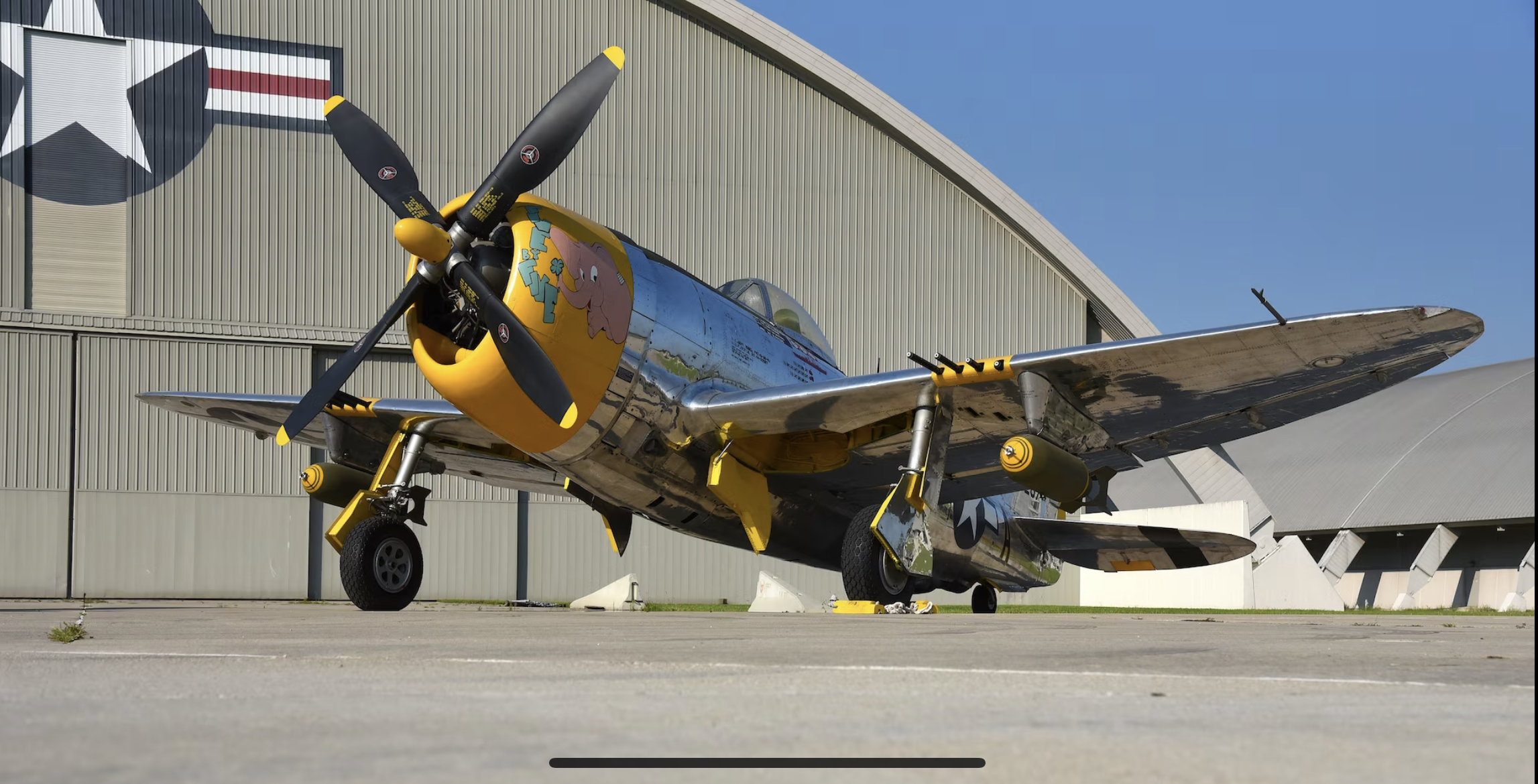By Randy Malmstrom
Since his childhood, Randy Malmstrom has had a passion for aviation history and historic military aircraft in particular. He has a particular penchant for documenting specific airframes with a highly detailed series of walk-around images and an in-depth exploration of their history, which have proved to be popular with many of those who have seen them, and we thought our readers would be equally fascinated too. This installment of Randy’s Warbird Profiles takes a look at the sole Caproni Ca.20.

This particular aircraft was designed by Giovanni Battista “Gianni” Caproni, 1st Count of Taliedo and an engineer and aircraft designer. Generally considered the first purpose-built fighter aircraft, but unfortunately, the groundbreaking pre-World War I design gained little traction in Italy as the Italian military in 1914 felt there was no place for aircraft in the military outside of scouting, so they did not pursue the design.

For some background and developmental history, Caproni was born on what became the family estate at Bosco Caproni (Caproni Forest) in the mountainous area of Massone d’Arco in the province of Trentino, so named because of the Freemason trenches built at the village of Arco (used by Austrian troops to control the Sarca Valley in WWI), which was at that time part of the Austrian county of Tyrol and thus part of the Austro-Hungarian Empire.

Caproni got his start in aviation in 1907, when he began collaborating with Romanian inventor, aerodynamics pioneer, and builder of experimental aircraft Henri Marie Coandă (Bucharest’s Henri Coandă International Airport is named after him). Through countless experiments in the early years of flight, Caproni would gain prominence in the region as the premier Italian aircraft company.

The Ca.20 was based on the Ca.18 observation airplane and built by Caproni’s company known at that time as Società de Agostini e Caproni and was first flown in 1914. It was tested further by Caproni chief test pilot Emilio Pensuti on July 19, 1916. While Aviation Inspector General Maurizio Moris favored the aircraft, the Italian government placed no orders for production models as the Italian military now by that time, following the outbreak of WWI, preferred to have the Caproni Company pursue bombers such as the tri-motor Ca.3, re-designated postwar as the Ca.33 (aside from Sikorsky’s series of multi-engine aircraft for Russia, the Caproni series of aircraft were some of the first purpose-built heavy bombers). As a result, this particular aircraft is the only prototype built.

Like the Ca.18, the Ca.20 was a monoplane with wings made of tubular metal and wooden ribs covered with canvas and attached to the top of the fuselage and supported from above with bracing wires. The fuselage consisted of a wooden trellis braced with steel wire and covered with canvas. Fitted with a Le Rhône 9-cylinder 110 hp (82 kW) rotary engine powering a fixed wooden propeller with an enclosed dome-shaped fairing or spinner to reduce drag but laterally pierced to allow air to cool the engine. It had a top speed of about 165 km (102 mph).

It was armed with a single 0.303 in. (7.7 mm.) drum-fed movable Lewis machine gun placed two feet above the pilot’s head and fired above the propeller arc using a crank and push rod linkage (the Foster Mount with the Bowden Cable was not introduced until 1916, and trustworthy mechanical gun synchronization through the propeller arc was not fully introduced until 1915 with the Fokker Eindecker, although according to some sources, similar experiments were carried out in France in 1913). It was fitted with a false sight at eye level (pantograph connected to a collimator) so the pilot aimed through the propeller arc.

It had a V-shaped wooden main undercarriage with a metal axle with bungee cords for shock absorbers (“bungee” or “bungie” is thought to be British slang for India-made rubber) and a tailskid. This aircraft was stored in the attic of an abandoned monastery on the Caproni family estate at Massone d’Arco (although according to at least one source, it appeared at the Roman exhibition of Italian Aeronautics in 1936) before being acquired by the Museum of Flight in Seattle, WA in 1999 where it is on static display. Except for the tires (eaten by rodents) and the machine gun (a museum artifact) this has its original parts and fabric.
About the author




























